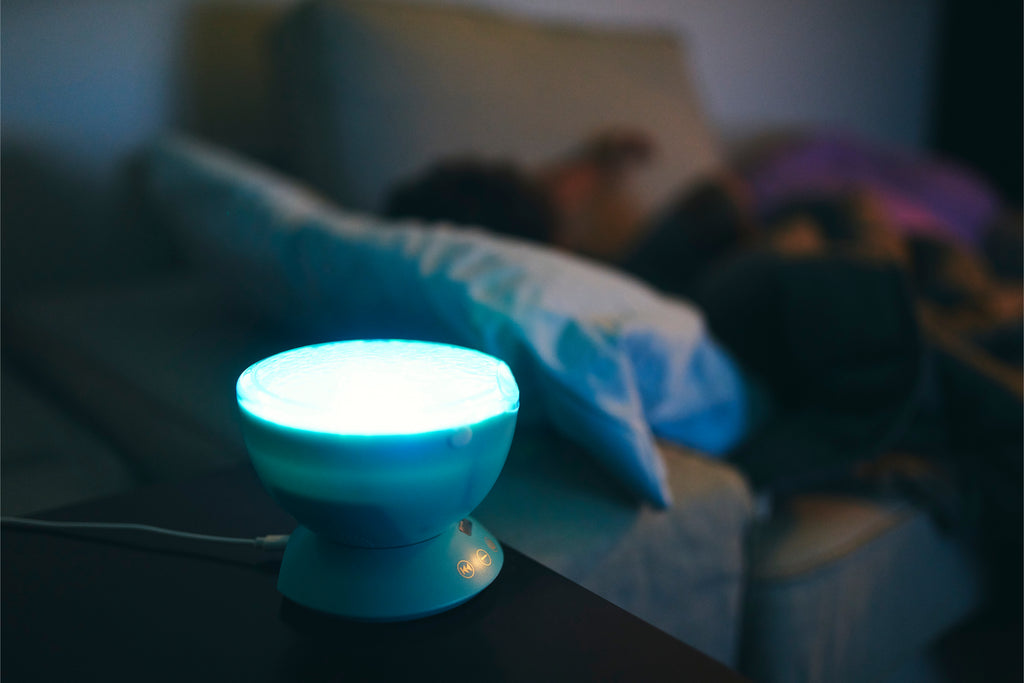Light has several profound impacts on humans, for example, the color red may evoke emotions of anger while yellow evokes happiness. Different colors and lights are capable of affecting our moods, but this is especially true for children on the autistic spectrum.
Lights to look out for
For children with Sensory Processing Disorders, different colors and lights can feel like an assault on their sensory processes. In particular, certain environments and lights, have adverse effects on children on the spectrum. Here are a few to keep in mind:
- Artificial Fluorescent Lighting has certain wavelengths and intensities which are too harsh to process.
- Flickering lights, common in fluorescent lighting overstimulate and aggravate children with SPD
- Bright colored lighting in an already visually-disorienting environment may elicit a painful response to light
Recommendations
The world is full of light sources already bombarding a child's sensory processes. As a parent you can help your loved one feel more comfortable when they come home by following these tips to make your home a visually sensitive friendly space:
- Reduce artificial fluorescent lights in the bedroom to prevent overstimulation
- Soften and dim light sources with drapes or fabric to reduce the intensity
- Reduce glare on windows with anti-glare coating or muted curtains.
- Reduce glare on hard shiny surfaces with rugs or carpets
Several parents find that placing sensory lighting projectors in a room extremely beneficial. Anecdotal evidence has shown that displaying cool colors at a dimmed lighting intensity has calming and soothing properties on children, especially before bedtime.
While these lighting changes and implementations in your house may seem subtle, these visual accommodations make all the difference to your child's sensory diet and needs.


Leave a comment: